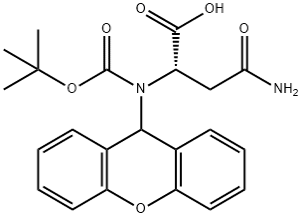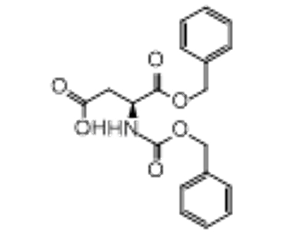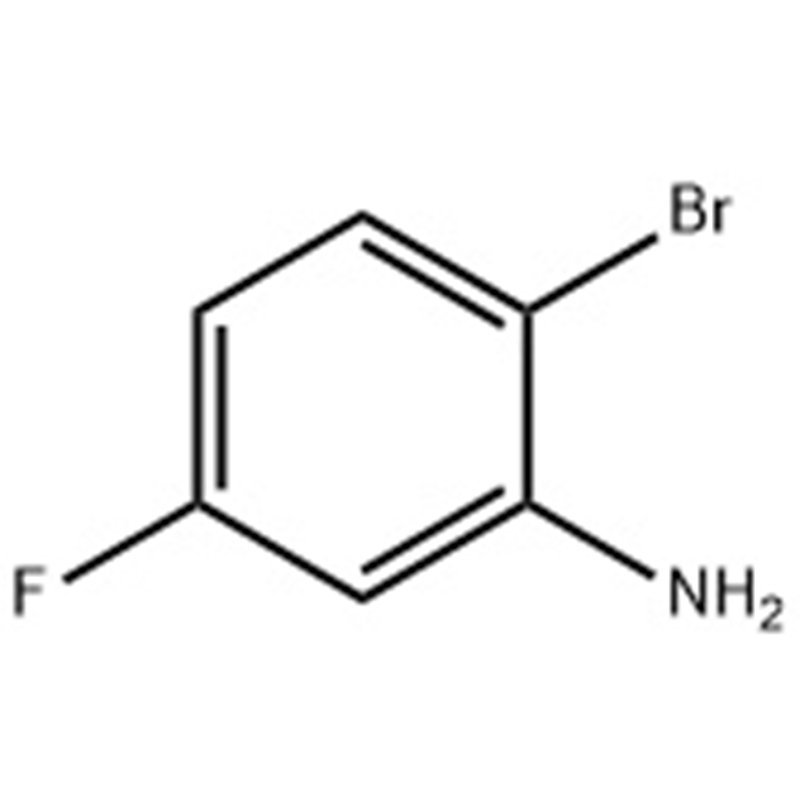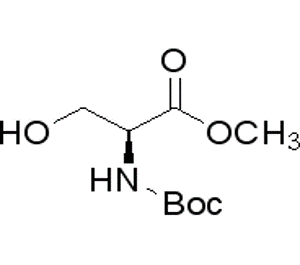Dihydrojasmone(CAS#1128-08-1)
| WGK Germany | 2 |
| RTECS | GY7302000 |
| TSCA | Yes |
| HS Code | 29142990 |
| Toxicity | The acute oral LD50 in rats was reported as 2.5 g/kg (1.79-3.50 g/kg) (Keating, 1972). The acute dermal LD50 value in rabbits was reported as 5 g/kg (Keating, 1972). |
Introduction
Dihydrojasmonone. The following is an introduction to the properties, uses, preparation methods and safety information of dihydrojasmonone:
Quality:
- Appearance: Dihydrojasmonone is a colorless to light yellow liquid.
- Smell: Has an aromatic jasmine aroma.
- Solubility: Dihydrojasmonone is soluble in many organic solvents such as ethanol, acetone, and carbon disulfide.
Use:
- Fragrance industry: Dihydrojasmonone is an important fragrance ingredient and is often used in the preparation of various types of jasmine.
Method:
- Dihydrojasmonone can be synthesized by a variety of methods, the most common method is obtained by benzene ring condensation reaction. Specifically, it can be synthesized by a Dewar glutaryne cyclization reaction between phenylacetylene and acetylacetone.
Safety Information:
- Dihydrojasmonone is less toxic, but it still needs to be handled safely.
- Contact with skin and eyes may cause irritation, care should be taken to avoid contact when using.
- Use in a well-ventilated environment to avoid inhaling its vapors.
- When storing, it should be kept away from fire sources and oxidants to avoid burning or exploding.








